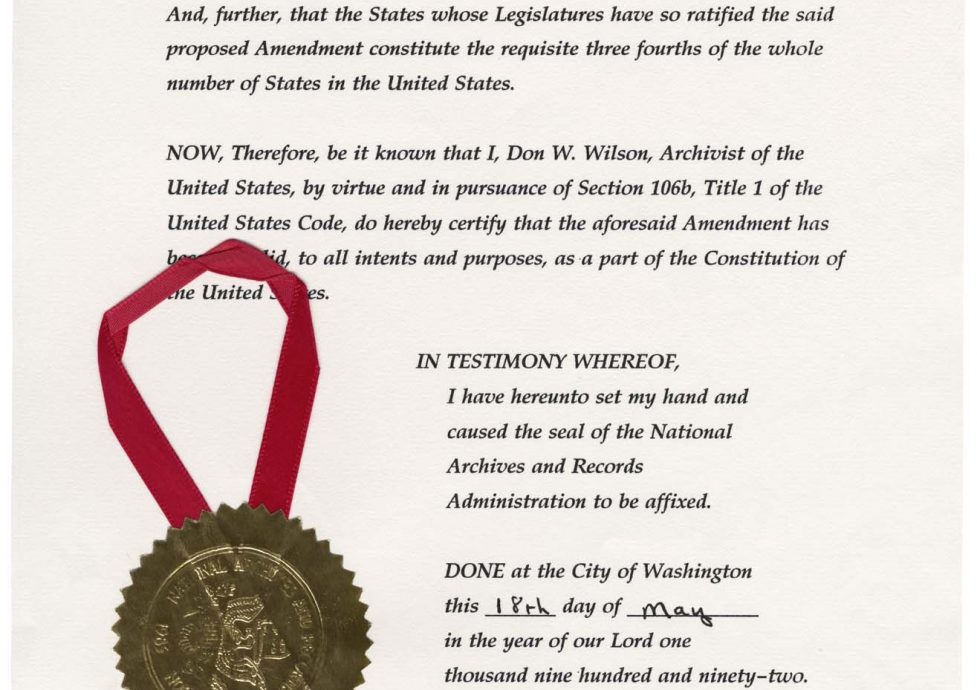Ratifying the Constitution and the Bill of Rights Was More Peculiar Than Most People Realize
Most people know that there were 13 original states that declared independence from Great Britain. But the Constitution changed things and that caused significant actions in our early constitutional history to occur with less than 13 states.
The Constitution stated that it would take effect once nine states ratified it and then only between the ratifying states. The other states would presumably be separate countries if they failed to join as well. The ninth state to ratify was New Hampshire on June 21, 1788, but within a little more than a month, two additional states had ratified. So 11 states had ratified and that is where things stood for a while.
When the first Congress met in Philadelphia in March of 1789, there were still only 11 states in the Union. North Carolina had held a convention, but it had not voted to ratify. And little Rhode Island had refused to even hold a convention.
When Congress proposed the Bill of Rights in September of 1789, there were still only 11 states. But the decision to propose the Bill was done in part with an eye towards North Carolina, which had been quite upset about the absence of a bill. In fact, the North Carolina Convention that had refused to ratify had proposed numerous amendments to the Constitution.
Once Congress had passed the Bill, North Carolina voted overwhelmingly to ratify the Constitution in November of 1789. And one of the state’s first acts was to ratify the Bill.
In response to threats from the Union, Rhode Island next decided to ratify the Constitution, which it did narrowly in March of 1790.
But the Bill of Rights was still not ratified. It would take until December of 1791 for the requisite number of states to approve it. By then, however, the Union had grown. Vermont had joined in March of 1791. This meant that one more state was required for ratification of the Bill. Vermont ratified in November 1791, and with Virginia’s ratification in December 1791, the Bill took effect.
But let’s not leave the story without noting one last peculiarity. While we know the Bill to include 10 Amendments, the original bill passed by the Congress had 12. The first two were not ratified by the requisite number of states. Our First Amendment – which people often think of as being first, because it was most important – actually was the third proposed amendment.
Their first amendment would never secure ratification, but their second amendment would. It was long forgotten, but the ratifications were not repealed. And beginning in 1982, Gregory Watson revived interest in it and started the process to secure its ratification. He wrote a college paper arguing that the amendment could still be ratified, and received a C grade. But Watson got the last laugh when the original second amendment was accepted in 1992 into the Constitution as our 27th Amendment. Watson then sought a grade change for his paper, which was now given an “A.”


